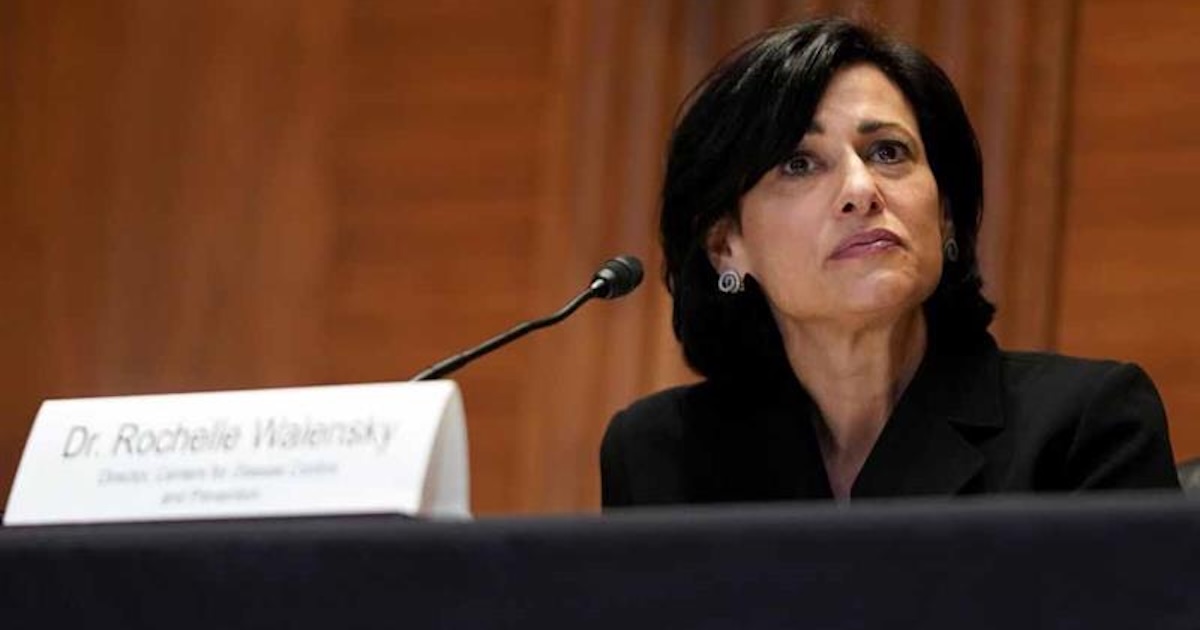Randall S. Moore, MD, MBA, is president of Mercy Virtual, the telehealth arm of the St. Louis-based Mercy health system, which is building a new, 120,000-square-foot virtual care center (that is due to open in May 2015). A 30-year veteran of the business and clinical fields, he worked in major health systems such as Ascension Health, Intermountain and Presence Health, then launched a consulting firm. He was also CEO of American Telcare.
Q. What's the one promise of mHealth that will drive the most adoption over the coming year?
A. Ease of access, ease of use and connectedness are the most promising. mHealth has the transformative potential to shift healthcare from provider/hospital-focused to patient/home-focused care. It allows Mercy to deliver care when, where and how the patient wants it delivered. This care model is proactive, rather than reactive. It is health preventive rather than being illness-centric, which, in turn, minimizes the need for emergency care and focuses on the continuum of care or the life-long patient relationship.
Q. What mHealth technology will become ubiquitous in the next 5 years? Why?
A. When you combine wearable monitoring devices that securely integrate to the electronic medical record with smart devices such as phones, tablets, watches, apps and videos, it diminishes the barriers and creates easy secured access from both sides – patient and provider. This information exchange, focused on health and wellness, provides connectivity between patients/providers/clinicians in need of real-time/on-demand care and support. It also provides trends of data vs. episodic points of data in time. The ability of any technology (not brand-specific) to connect and engage broader communities of patients with care will accelerate ubiquity. There will be an increasing recognition of the power of people and services external to health care to transform care delivery and lower costs.
Q. What's the most cutting-edge application you're seeing now? What other innovations might we see in the near future?
A. Speaking generically, applications that process large amounts of data and incorporate multiple real-time data feeds triggering algorithms and showing actionable changes in health status for patients across the continuum of care. The greatest innovation will be breaking the traditional thinking around healthcare. Proactive responses to actionable changes in health will enable consumers, independently and with the support of their health teams, to progressively shift from a hospital/clinic atmosphere. The question will be whether we need to deliver a certain level of care in the hospital/clinic setting or can we deliver better care in the home or near the home via remote monitoring/video connections with real-time data trends.
Q. What mHealth tool or trend will likely die out or fail?
A. Any tool that is proprietary, stand-alone and doesn’t work with other technology applications or electronic medical records is more likely to fail. The success of mHealth technology depends on the ability to provide real-time dashboard/algorithms that are actionable for large populations of consumers. Seamless integration into the electronic medical record will add value by connecting a healthcare team in large-scale screening, ongoing intervention, coaching and mentoring.
Q. What mHealth tool or trend has surprised you the most, either with its success or its failure?
A. Perhaps disappointing, in contrast to surprising, is the early success in convenient care, such as remote, one-time physician visits. While the convenience factor makes sense, the solution perpetuates episodic, fragmented care that is likely to increase net costs despite the intention to lower costs. The market has yet to align all key forces to support lifelong care relationships vs. episodic care. The transformative change that will enable mHealth for the next generation is connecting and engaging consumers to healthy lifestyles early in their lives. This will reduce the reliance on hospital care to treat urgent/chronic-disease-driven hospitalizations.
Q. What's your biggest fear about mHealth? Why?
A. The market has taken the easiest route to gain short-term traction in connecting patients to a single point of access, but it isn’t addressing the continuum of care needs over time. Selling mHealth as a less expensive way to deliver fragmented healthcare will not achieve the long-term outcomes we need in order to reduce healthcare costs overall. mHealth should enable care across the continuum and should be sold on an outcome basis, either bundled or contained within population health contracts. Long-term improved outcomes and lower costs should be the targets. Direct payment for mHealth in settings that may increase fragmented care carries a high risk of actual or perceived increased costs.
Q. Who's going to push mHealth "to the next level" – consumers, providers or some other party?
A. Hands-down, consumers will push us to the next level. They want care when and how they want it whether it has short- or long-term effects. Providers, on the other hand, will be the pull, as mHealth is still foreign and uncomfortable to them as they strive to ensure quality care delivery across the continuum. The next level of mHealth will drive a combination of both worlds. The goal will be improved, low-cost access to health information/care for consumers in combination with providers progressively integrating mHealth into clinical workflows to deliver person-centric care. If we achieve this, we will find the value proposition for everyone involved.
Q. What are you working on now?
A. Mercy continues its build out of the first fully integrated virtual care center. Concurrently, we are evolving our large telehealth base of operations and experience and integrating mHealth into the wide array of care delivery settings and the everyday life of our patients and consumers. Increased focus on application of core competencies, knowledge and operating models are accelerating our capabilities to make it obvious there is clinical, operational and financial value to other health systems. For example, the Mercy TeleSepsis program has provided a critical capability to monitor and provide early identification of sepsis across all hospital beds, not just ICU. Continuous virtual monitoring for a condition which every hour can significantly affect morbidity, mortality and cost shows promise. To significantly mitigate the impact of sepsis within a healthcare system has never been done before with technology. Replicating and scaling such programs, beyond our heath system, is a high priority in an effort to save lives and accelerate the adoption of mHealth nationwide.
Have a suggestion for a future profile? Contact mHealth News Editor Eric Wicklund at eric.wicklund@HIMSSMedia.com


